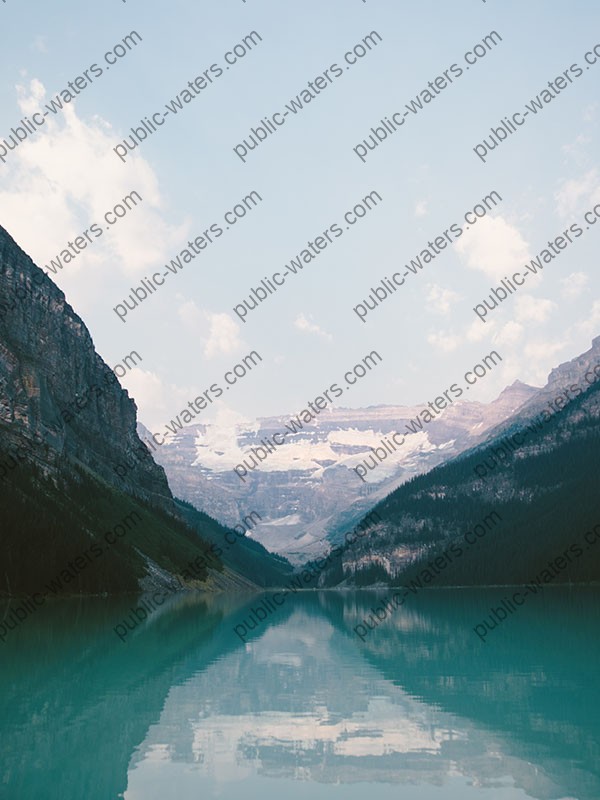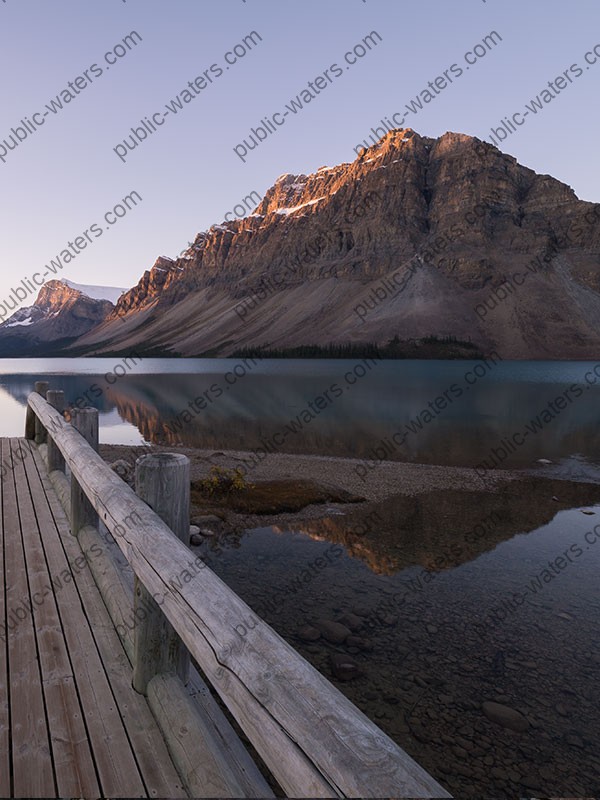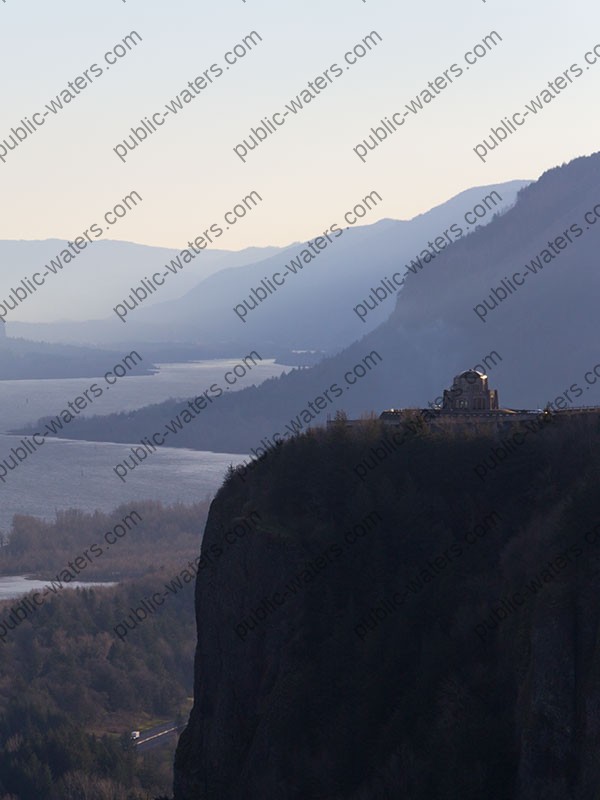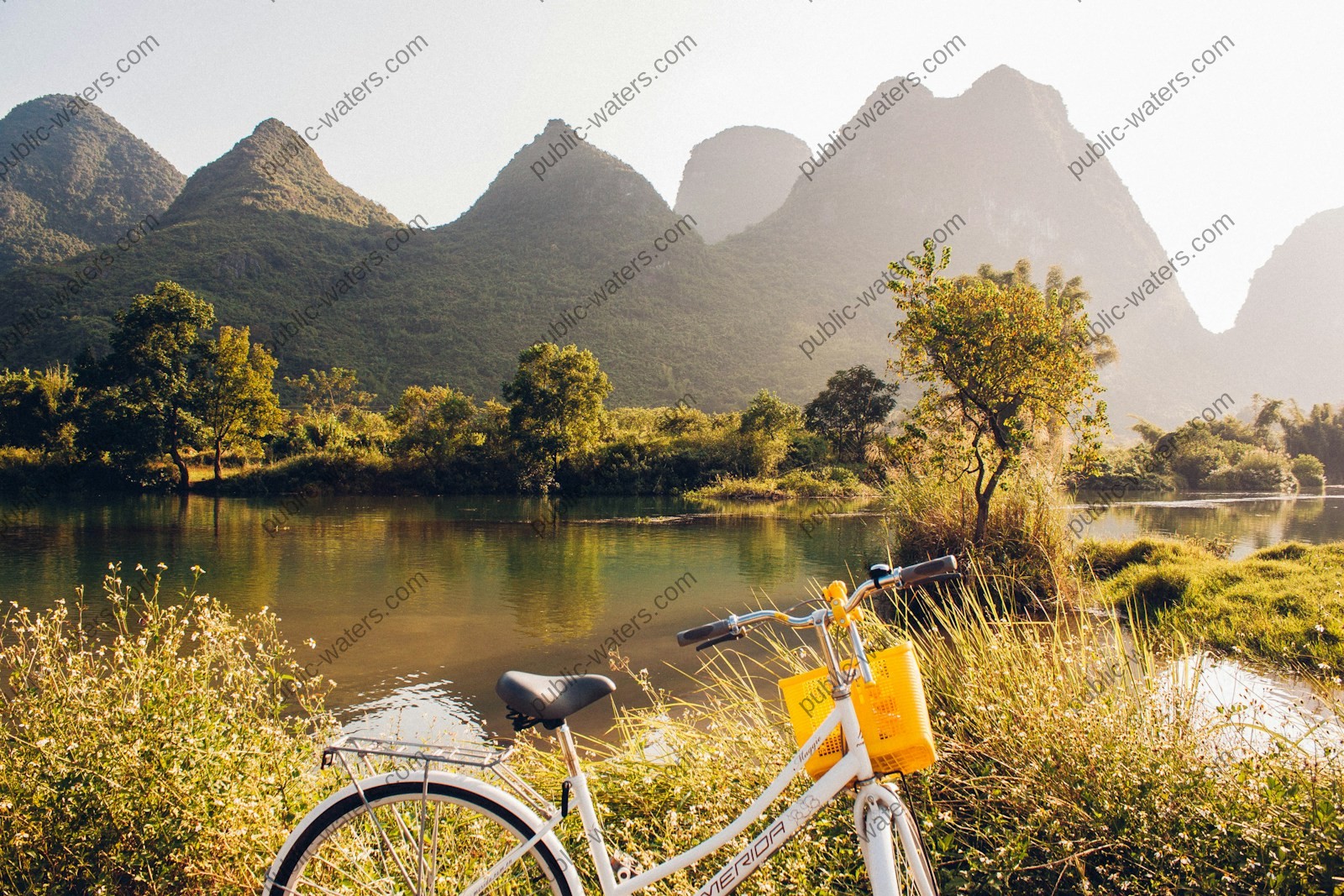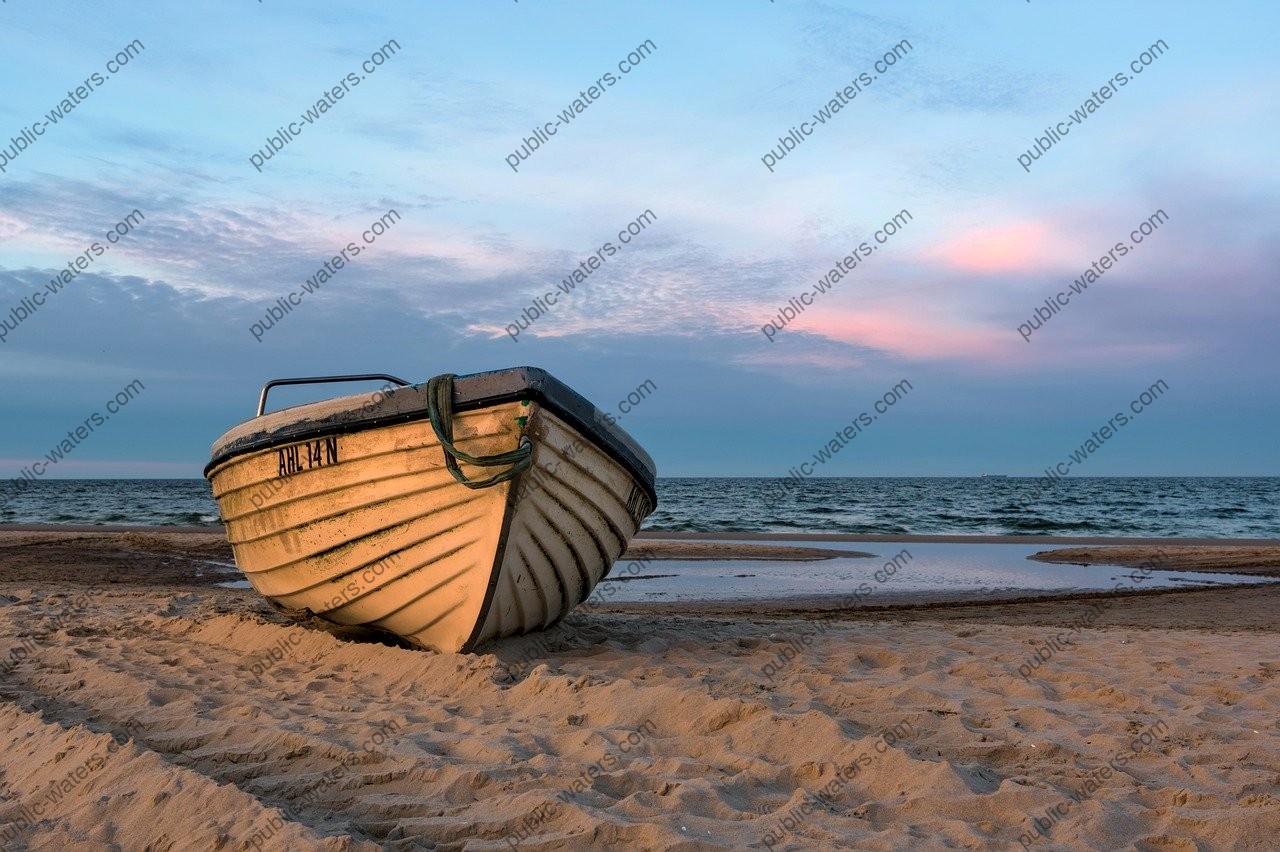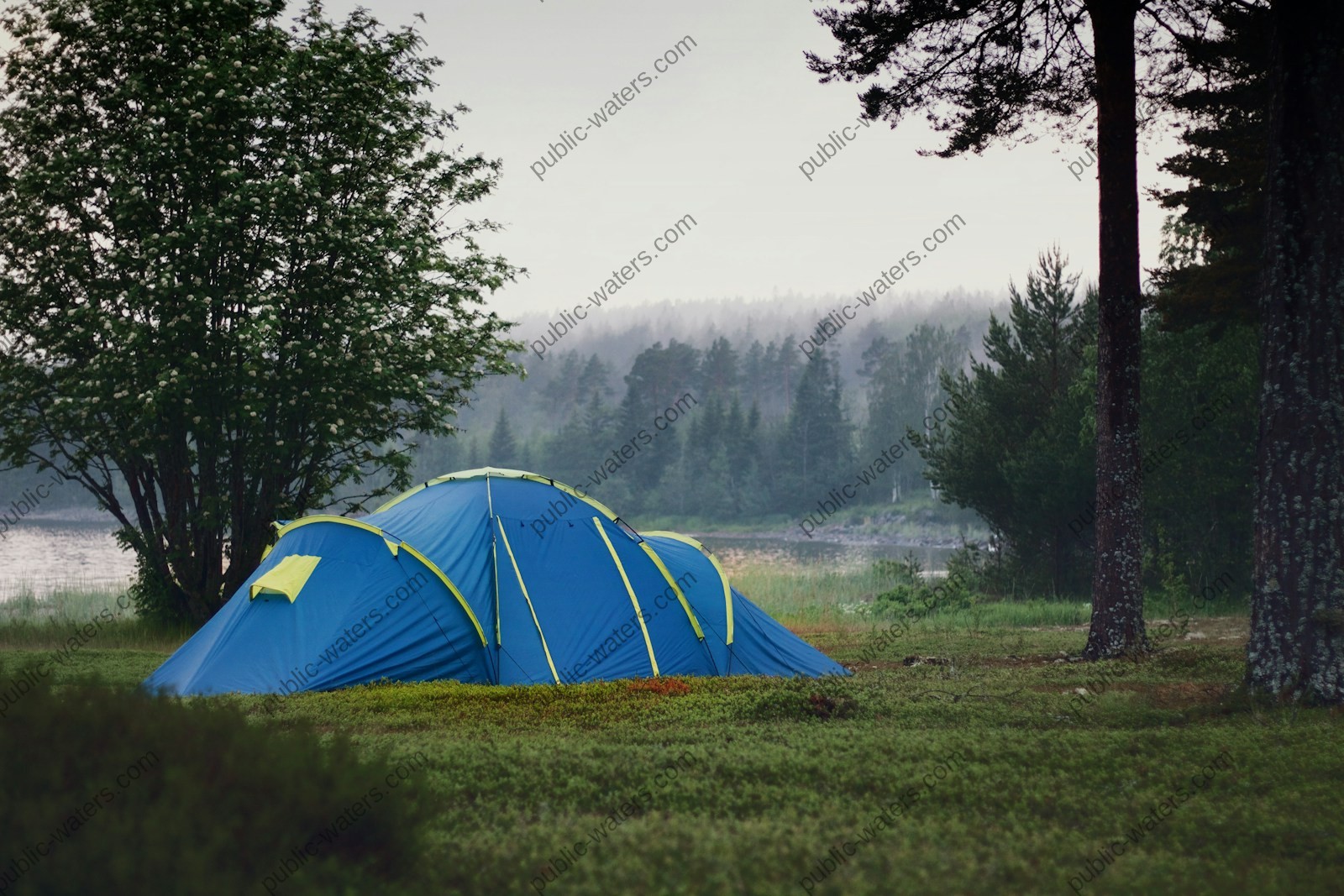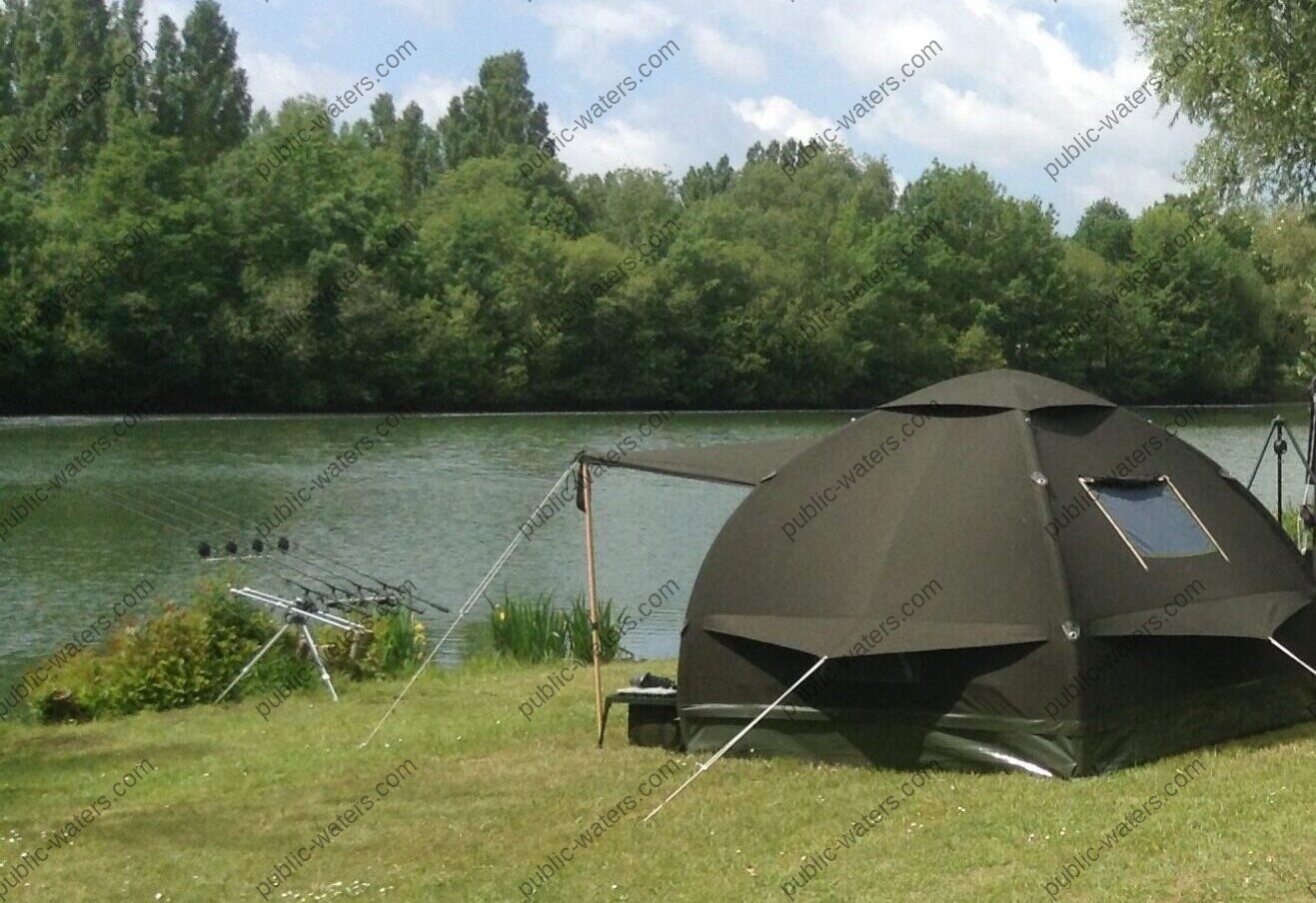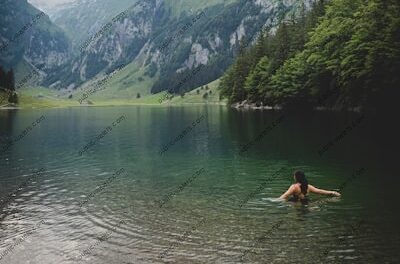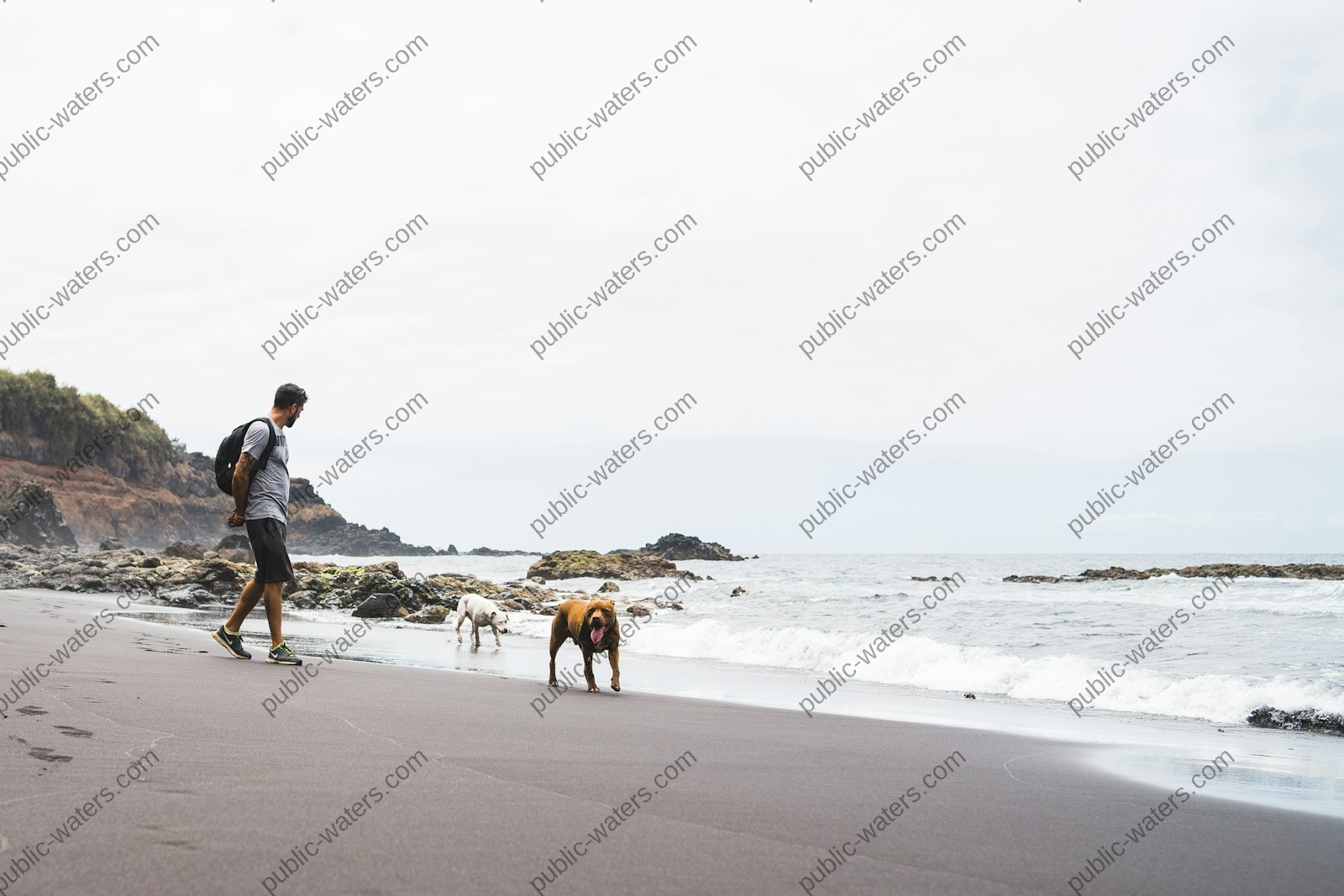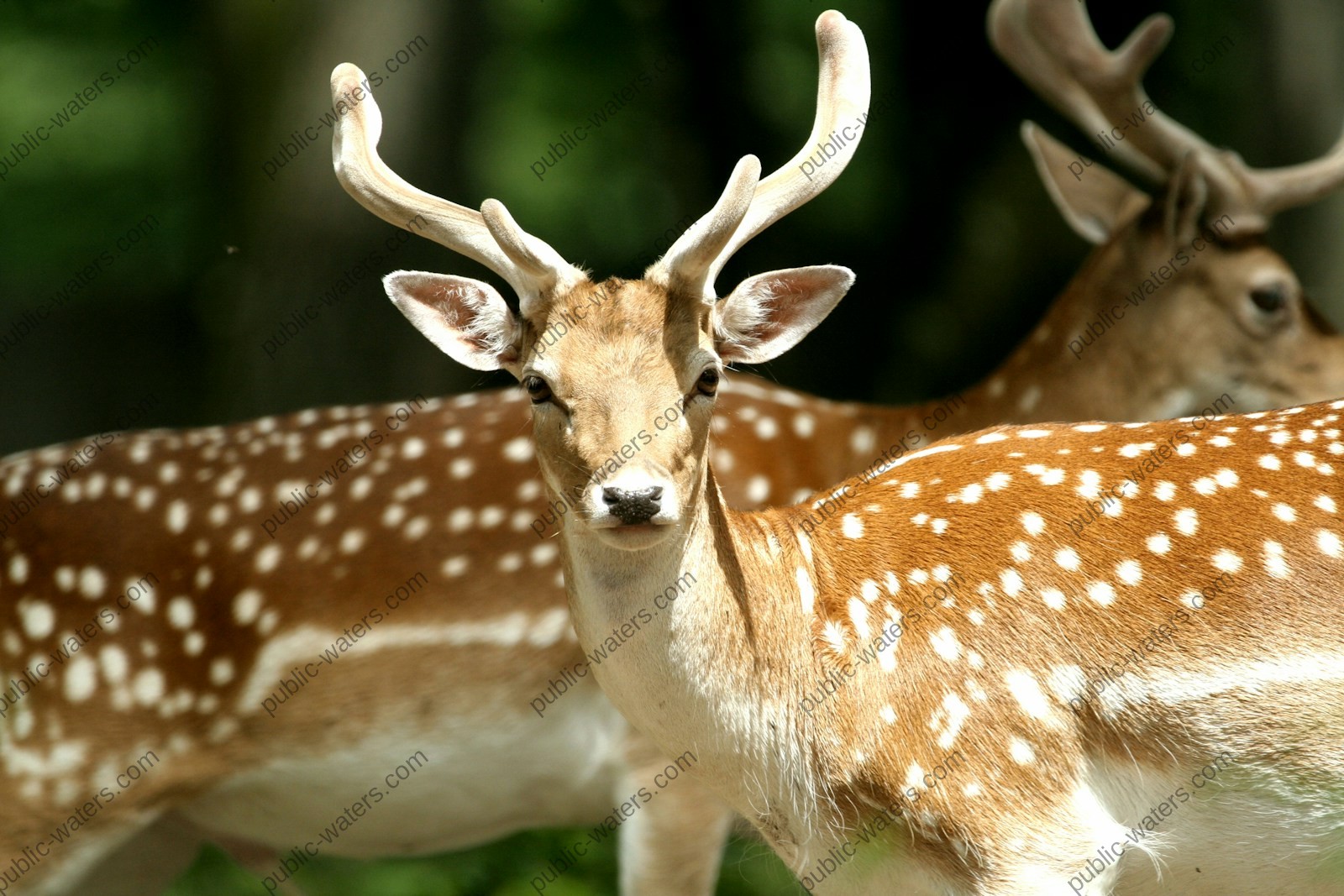Wildlife
The whole world's Public Waters wildlife refers to the diverse array of animal and plant species found across the globe, from the depths of the oceans to the highest mountains. It includes everything from tiny insects to massive mammals and from lush rainforests to vast deserts. Unfortunately, much of the world’s wildlife is under threat due to habitat loss, climate change, poaching, pollution, and other human activities. Efforts are being made worldwide to protect endangered species and their habitats through conservation programs, wildlife protection laws, and sustainable practices.
The United Kingdom Public Waters is home to a fascinating variety of wildlife all over the UK, ranging from common species to rare and endangered ones. Within there is a rich diversity of Public Waters and its wildlife, with a mix of native and migratory species thriving in its various habitats, ranging from woodlands and heathlands to wetlands and coastal areas. Including all types of Amphibians - Birds - Ferns and Horsetails - Freshwater Fish - Fungi - Galls - Grasses, Sedges, and Rushes - Invertebrates - Mammals - Marine - Moss and Liverworts - Reptiles - Trees and Shrubs - Wildflowers.
Amphibians
The United Kingdom is home to several species of amphibians. They are mainly found in wetlands, ponds, and woodlands. Here's a list of the most notable ones: Common Frog (Rana Temporaria) - This is the most widespread amphibian in the UK. They are often found in gardens, ponds, and wetlands. Frogs are known for their smooth, green or brown skin and are excellent swimmers. Common Toad (Bufo Bufo) - Slightly more terrestrial than frogs, toads have dry, warty skin and are often seen in gardens or on roads at night, particularly during the breeding season. They also thrive in ponds or slow-moving water. Great Crested Newt (Triturus Cristatus) - Larger than the smooth newt, the great crested newt is protected under UK law due to its declining numbers. It has a distinctive crest along its back during the breeding season. The Marsh Frog (Rana Ridibunda) - is a large species of frog found in parts of the UK, especially in wetland areas. Originally native to Eastern Europe and parts of Asia, it was introduced to the UK in the 19th century. Marsh frogs are known for their distinctive deep croaking calls and their preference for still or slow-moving water, such as ponds, lakes, and marshes. They are quite large compared to native UK frogs, with some adults reaching up to 10 cm in body length. Their coloration is typically green, with dark spots or mottling, and they have a characteristic yellow or white underbelly. They're often seen basking in the sun or swimming in the water. Natterjack Toad (Epidalea Calamita) - Known for its distinctive yellow line down its back, the natterjack toad is rarer than the common toad and is mostly found in coastal sand dunes and heathland. Palmate Newt (Lissotriton Helveticus) - Smaller and less common than the smooth newt, palmated newts have webbed hind feet and are found in ponds and slow-moving water. Smooth Newt (Lissotriton Vulgaris) - The smooth newt is common in ponds and slow-moving waters. It has a distinctive orange belly and dark markings. It's the most widespread newt species in the UK. Amphibians in the UK are often threatened by habitat loss, pollution, and climate change, so conservation efforts are important for maintaining their populations. Have you encountered any of these in the wild?
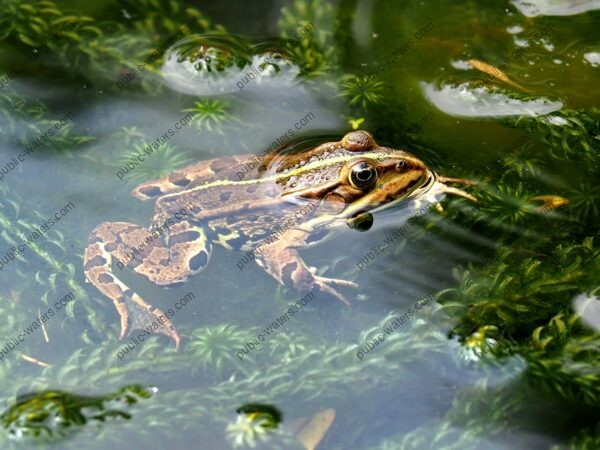
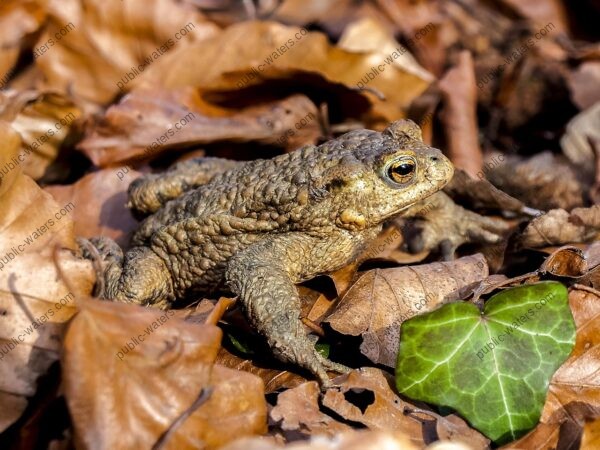
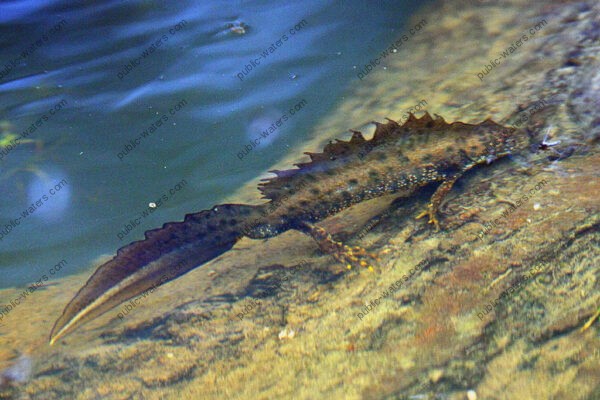
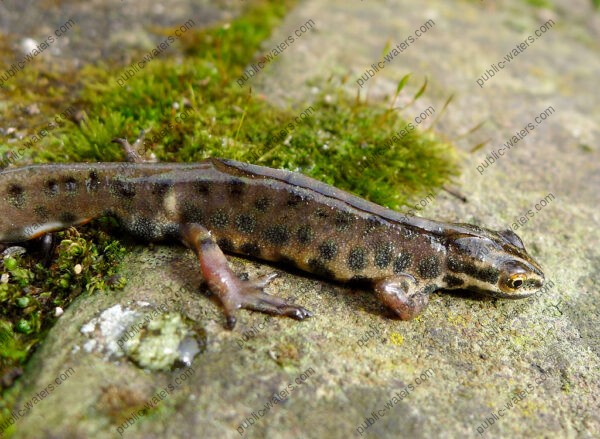
Birds
The UK is home to a wide variety of bird species, both resident and migratory. Some of the most iconic and commonly spotted birds include: European Robin - Known for its bright red chest, the robin is a familiar sight in gardens across the UK and often associated with Christmas. Common Blackbird - Easily recognizable by its all-black plumage (with the male having a yellow-orange beak), the blackbird is frequently heard singing in gardens and parks. European Starling - A small, iridescent bird often seen in large flocks, especially during the winter months when they create stunning aerial displays called murmuration. Mallard Duck - Commonly found in ponds and rivers, these ducks have a distinctive green head (on the male) and are easily identifiable. Woodpigeon - Larger than the city pigeon, woodpigeons are common in rural areas and woodlands, characterized by their grey feathers and white patches on the neck. Great Tit - A small songbird that’s often spotted in gardens, the great tit is known for its black cap and white cheek patches. Red Kite - Once endangered, red kites are now a common sight in parts of the UK. Their forked tail and soaring flight are key identification features. Barn Owl - Recognizable by its heart-shaped face and pale plumage, barn owls are often seen hunting at dusk and night. Peregrine Falcon - Known for being the fastest bird in the world, peregrine falcons can often be seen in urban areas, particularly on tall buildings. Sparrowhawk - A small bird of prey, the sparrowhawk can be seen in woodlands and gardens, hunting smaller birds.
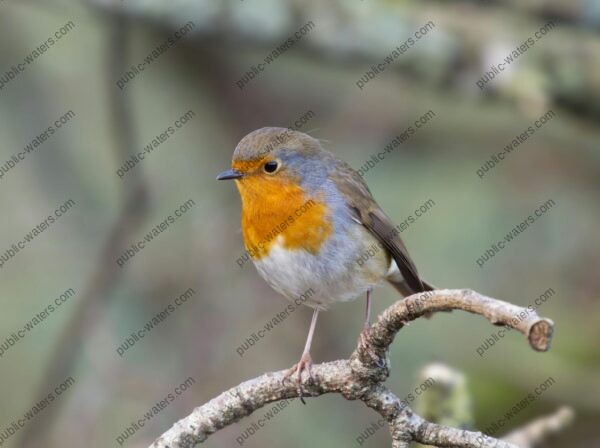
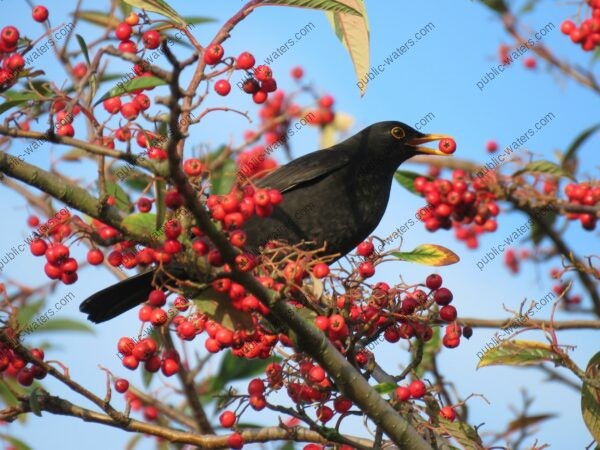
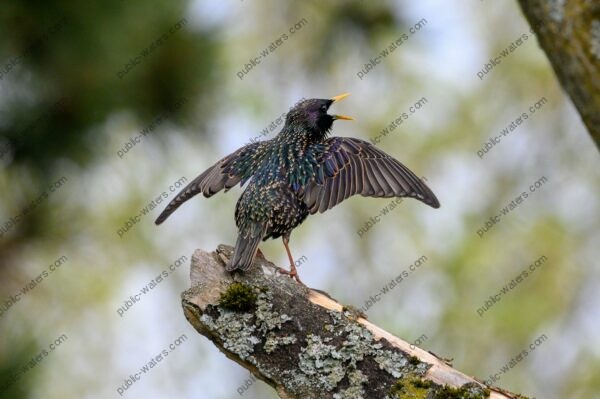
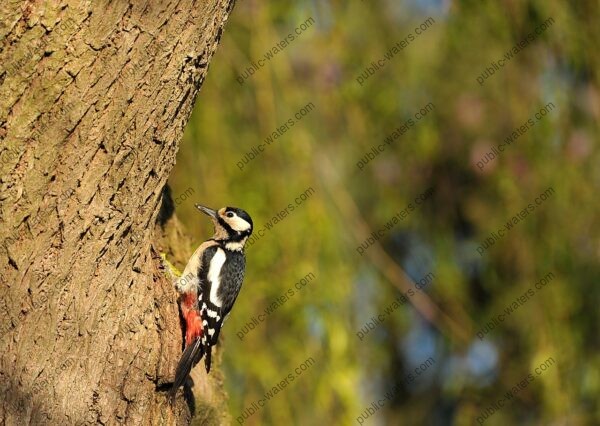
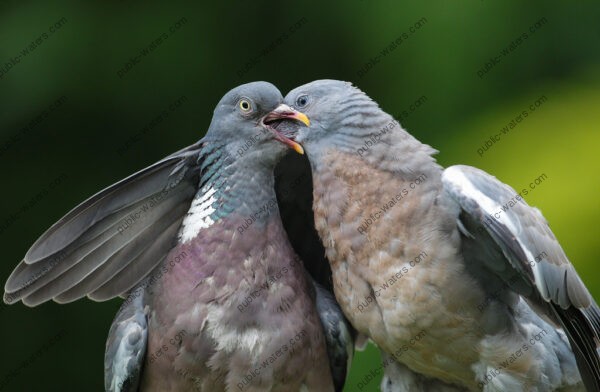
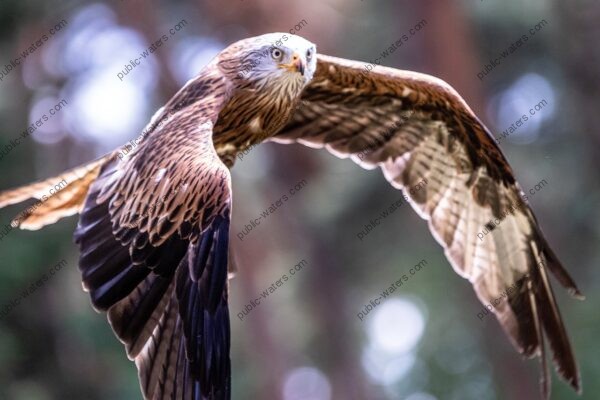
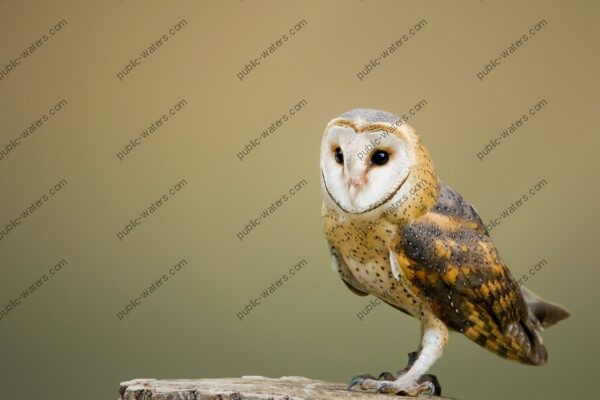
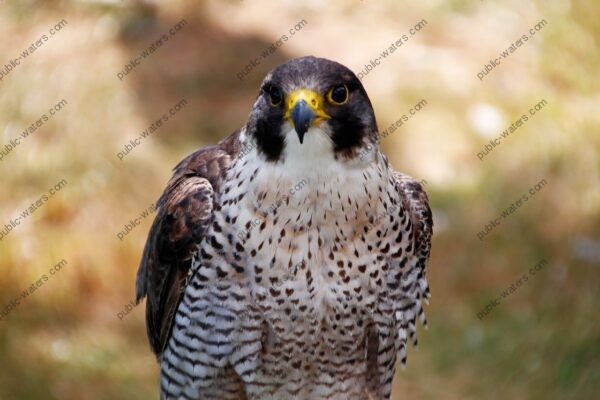
Freshwater Fish
The UK is home to a variety of freshwater fish species, found in lakes, rivers, canals, streams, and reservoirs. Carp - Common, Mirror, Leather, Grass, Crucian, Ghost and Koi Carp are popular species in coarse fishing, carp can grow very large and are often found in lakes, reservoirs and slow-moving rivers. Tench - (Tinca) - Known for their olive-green colouring and normally found in slow-moving rivers, and lakes. They’re a popular species among anglers due to their elusive nature and challenging fight when caught. Barbel - A species of freshwater fish found in rivers, barbel are known for their long, whisker-like barbels on the side of their mouths. Pike - A predatory fish that can grow to impressive sizes. Pike are often found in lakes, reservoirs and slow-moving rivers. Bream - A common species in still waters like lakes and reservoirs, bream have a distinct flat body shape. Chub - Found in rivers, chub is a hardy species and often sought after by anglers. Roach - A small, silver fish found in lakes, rivers, canals and streams. They're commonly targeted by anglers due to their abundance. Dace - A small, silver fish that inhabits the fast-flowing waters of rivers and streams, often found alongside roach. Perch - A striped fish found in many freshwater environments, known for its sharp spines and aggressive feeding habits. Minow’s and Stickle Backs - Well known for being the first catch for many children using their fishing skills with a net or small float fishing rod before advancing onto the bigger fish. Brown Trout - Well known to many fly-fishing anglers for its fighting ability and being more of a challenge and a rare catch in comparison to the Rainbow trout. Rainbow Trout - Although originally from North America, rainbow trout were introduced to the UK some time ago, you will often find Brown and Rainbow trout in reservoirs, lakes, rivers and streams.
Catfish
Wels Catfish are not native to the UK, and was introduced into England in 1880 from Germany and were said to have been stocked in a lake in Bedfordshire by the Duke of Bedford in the now famous lake at Woburn Abbey. Wels Catfish which is a large freshwater fish originally from Eastern Europe and parts of Asia. These fish were introduced to some other UK waters in the 19th century for recreational fishing purposes. Wels catfish are known to grow quite large, sometimes reaching lengths of up to 3 meters and weighing over 100 kg (220 lbs). They are typically found in slow-moving rivers, lakes, and reservoirs, especially in parts of southern England.
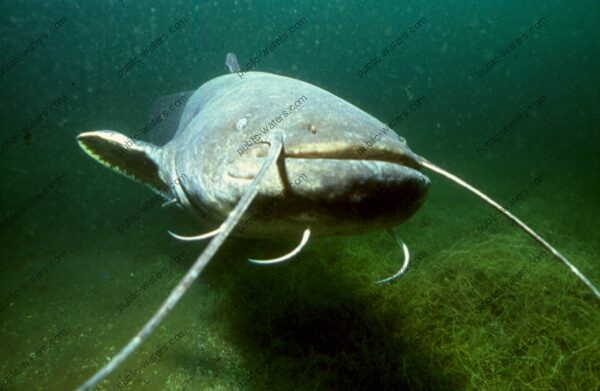
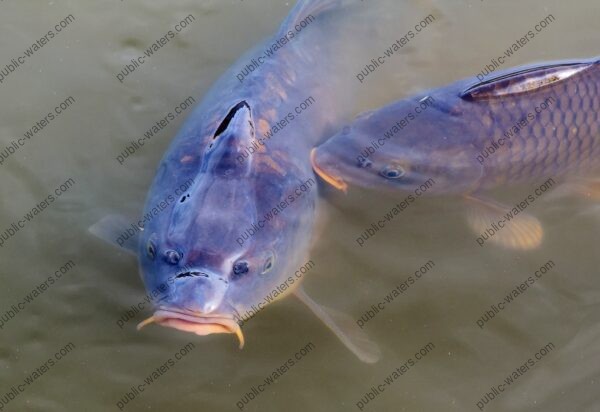
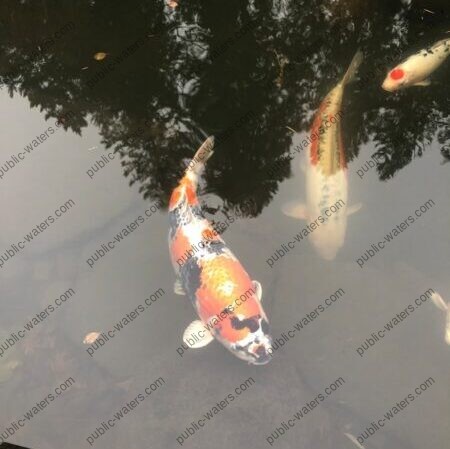
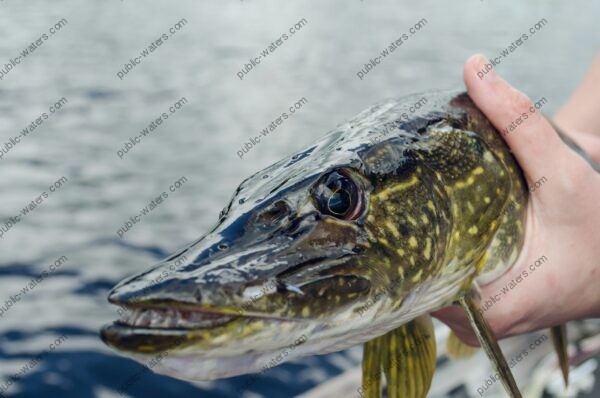
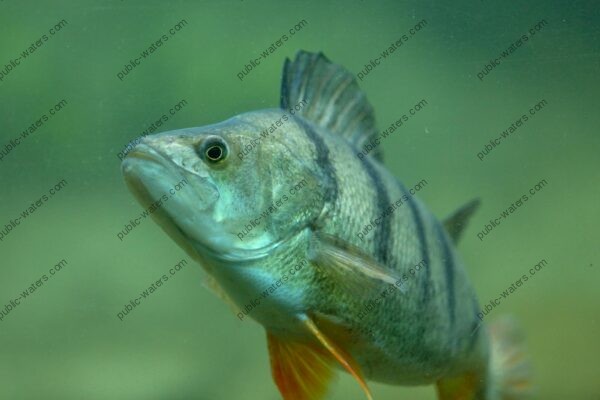
Insects
The UK is home to a variety of insect species, many of which are important for pollination, the ecosystem, and the environment. Here are some common types of insects found in the UK. Bees - Honeybee (Apis mellifera) - One of the most famous pollinators, crucial for agriculture and food production. Bumblebee: Known for their distinctive, fuzzy appearance and also important for pollination. Solitary Bees - These bees don't live in colonies and are also effective pollinators. Butterflies - Peacock Butterfly - Recognizable by its eye-like spots on its wings. Red Admiral - A migratory species that is often seen in gardens. Cabbage White - A common garden butterfly, especially attracted to cabbage plants. Moths - Lunar Yellow Underwing - A brightly coloured moth found in gardens. Elephant Hawk-Moth - Large moth with a striking pink and green appearance. Common Pug - A smaller moth, often found in woodlands and gardens. Beetles - Ladybird - Famous for its red or orange body with black spots, known for eating aphids. Stag Beetle - One of the largest beetles in the UK, found in woodlands and parks. Ground Beetle - Predatory beetles that can be found in a variety of habitats. Ants - Black Ant - The most common species found in the UK, especially around gardens and parks. Red Ant - Known for their more aggressive behaviour and slightly reddish appearance. Dragonflies - Common Blue Damselfly - Often seen around ponds and lakes during the summer. Southern Hawker Dragonfly - Known for its bright green and blue body. Grasshoppers and Crickets - Meadow Grasshopper - A common grasshopper in the UK, usually found in long grass and meadows. Common Field Cricket - Though rare, it's notable for its chirping sound. Flies - Housefly - Ubiquitous in homes, commonly found around food waste. Hoverfly - Known for hovering in mid-air, often mistaken for bees. Dronefly - A mimic of the honeybee, it’s often found in gardens and parks. These are just a few examples of the fascinating and diverse insect life in the UK! Many of these species are integral to maintaining biodiversity and ecological balance in the environment.
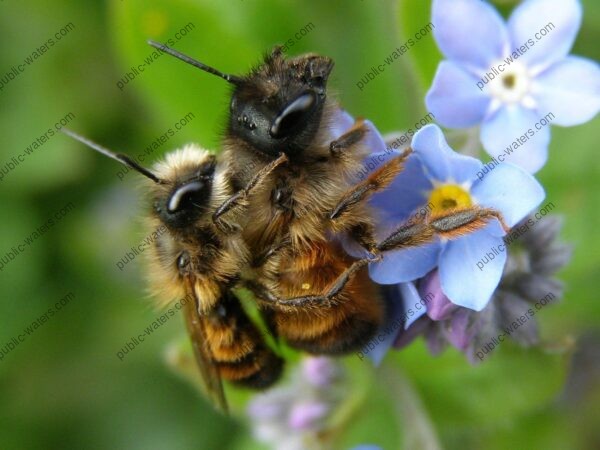
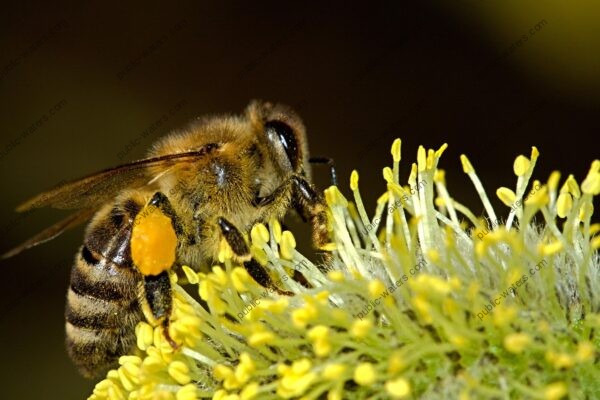
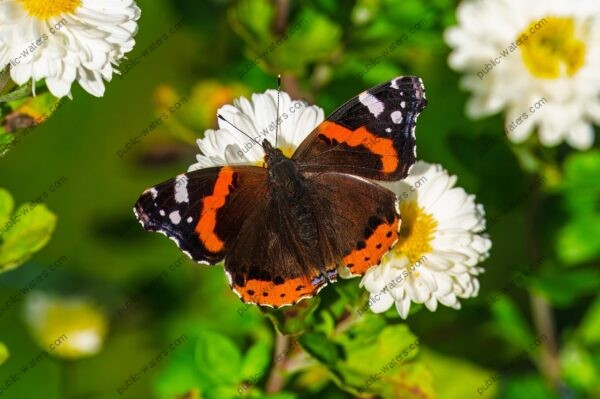
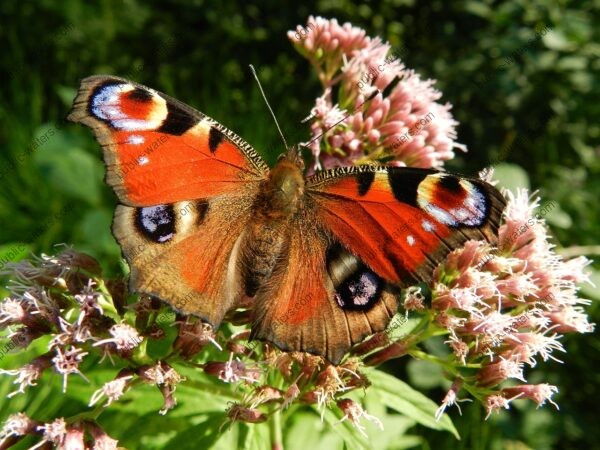
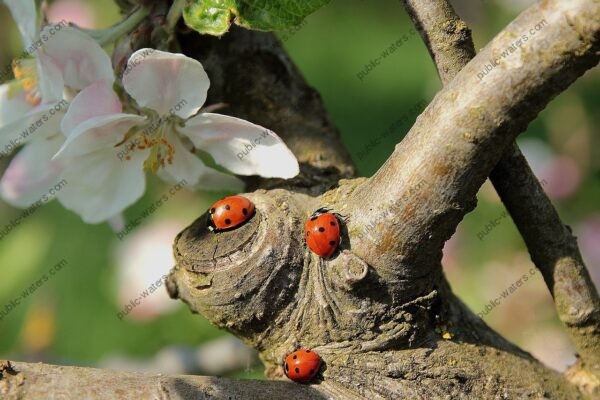
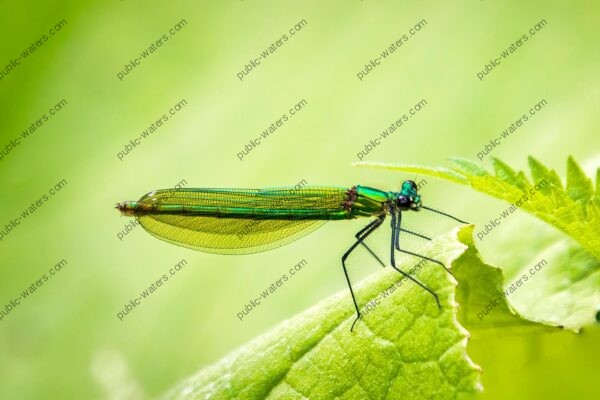
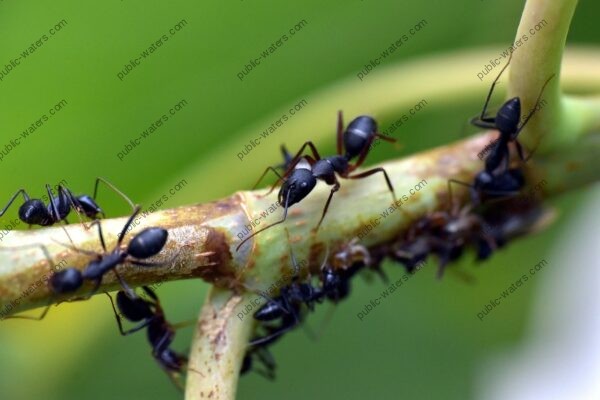
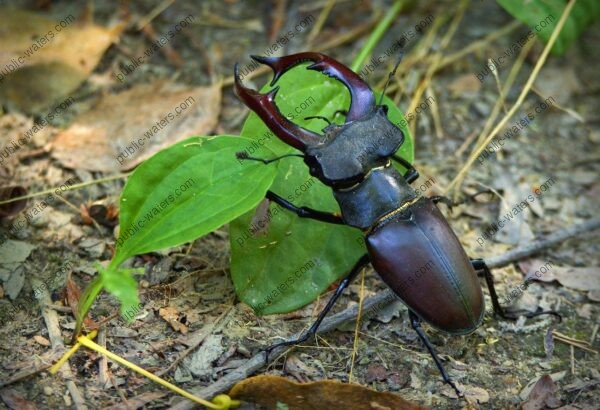
Mammals
The UK is home to a variety of mammal species, ranging from common ones that are often seen to rarer ones that require conservation efforts. Here are some of the notable mammals in UK Wildlife: Common Mammals - Red Fox - A widespread and adaptable mammal, the red fox is often seen in urban and rural areas across the UK. European Hedgehog - Found in gardens, woodlands, and meadows, hedgehogs are iconic and are known for their nocturnal habits. European Rabbit - A familiar sight in the countryside, rabbits have played a significant role in UK ecosystems, though their population can fluctuate. Brown Rat - Highly adaptable, rats are common in urban areas, but they also live in rural environments. Grey Squirrel - An invasive species in the UK, the grey squirrel has become widespread, often outcompeting the native red squirrel. Stoat - A small carnivore, stoats can be found in woodlands and countryside, known for their agility and ability to hunt small prey. Water Vole - Often associated with riverbanks and wetland habitats, the water vole has sadly declined in numbers in recent decades. Common Shrew - A small insectivore, common shrews are often found in gardens, woodlands, and fields. Bat Species - The UK is home to 18 different species of bats, including the pipistrelle and the brown long-eared bat. They are vital for controlling insect populations. Badger - Found in woodlands and rural areas, badgers are nocturnal and live in family groups called setts.
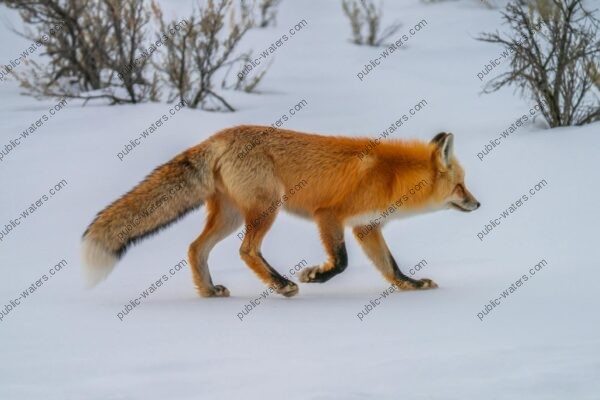
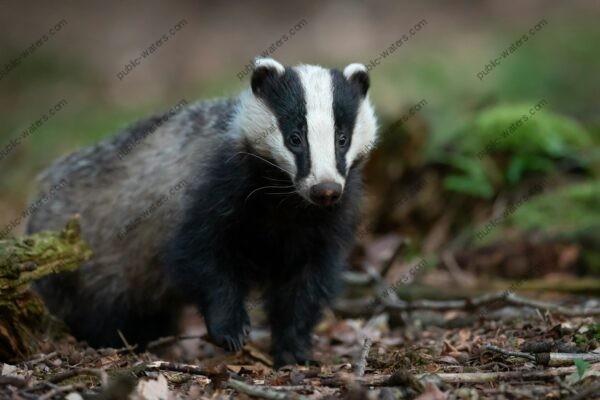
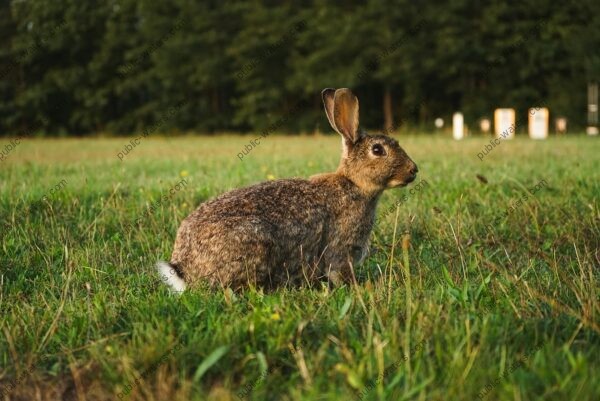
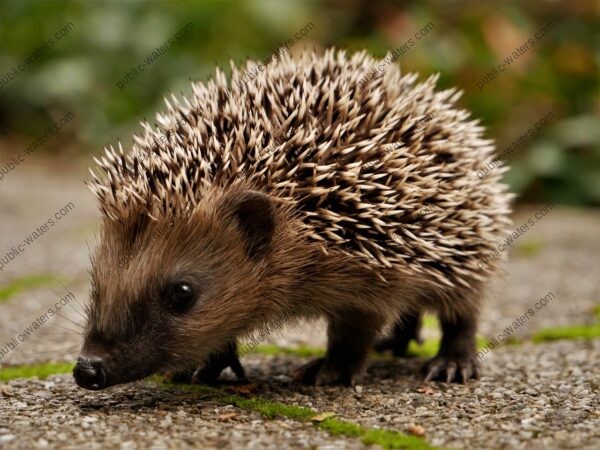
Rare or Protected Mammals
Scottish Wildcat - Critically endangered, the Scottish wildcat is found mainly in the Scottish Highlands. It's often mistaken for a domestic cat but is a distinct species. Eurasian Beaver – Once extinct in the UK, beavers have been reintroduced in some areas, and they are known for their dam-building behaviour. Pine Marten - A small carnivorous mammal found in woodland habitats; the pine marten is relatively rare but has been making a comeback in certain regions. Grey Seal - Found around the coasts of the UK, particularly in Scotland, grey seals are commonly spotted on rocky outcrops. Harbour Porpoise - The smallest species of whale in the UK, harbour porpoises are found in coastal waters.
These mammals play an important role in the UK's ecosystems and often need protection due to habitat loss, pollution, and other environmental pressures. Wildlife conservation programs are in place to help protect several of these species.
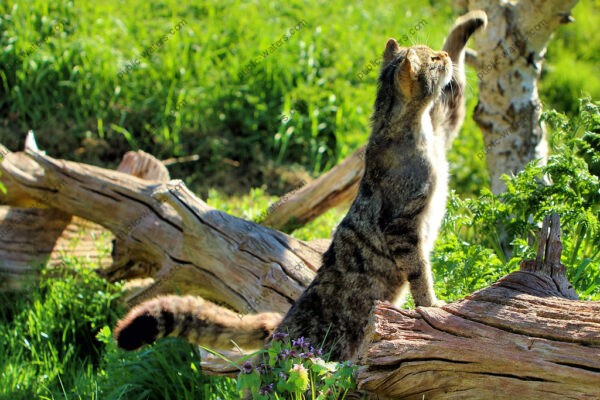
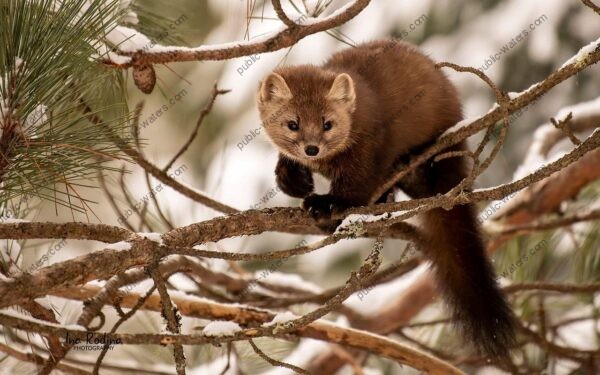
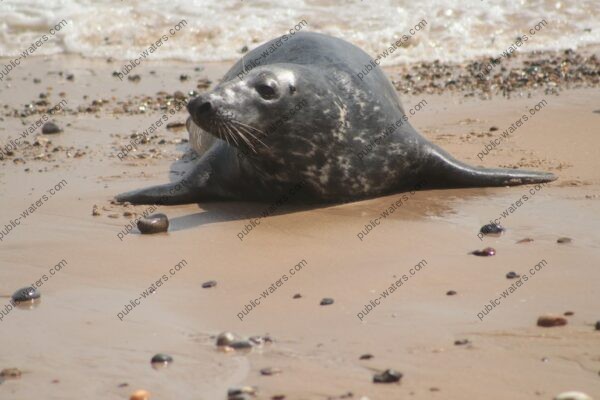
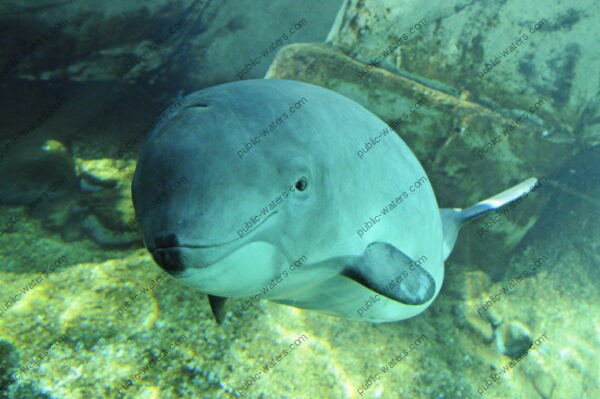
Marine
The UK is home to a diverse range of marine life, thanks to its extensive coastline and surrounding seas, which are rich in nutrients. The waters around the UK include both temperate and colder waters, making it a great habitat for a wide variety of species. Here are some examples of marine life found in the UK's seas.
Fish Species - Cod - A popular fish in the UK, cod is found in the North Sea and is a key species in both commercial and recreational fishing. Herring - A small, silvery fish that is important for both the ecosystem and the fishing industry. Herring schools are seen around the UK, especially in the North Sea. Pollock - Another fish species found around the UK, often confused with cod but with a slightly different appearance. Whiting - A member of the cod family, found in the North Sea and along the south coast. Mackerel - These fish are widely found in the UK’s waters and are prized by both anglers and the commercial fishing industry.
Marine Mammals - Common Dolphins - The UK’s waters are home to various dolphin species, with the common dolphin being the most widespread. Harbour Porpoises - A small, shy species that is found all around the UK, especially in shallow waters. Grey Seals - Found in many coastal areas, grey seals are abundant in the UK, particularly in Scotland, Norfolk, and Cornwall. Harbour Seals - Smaller than grey seals, these seals are also seen around the UK, especially in protected bays.
Sharks and Rays - Basking Shark - The second-largest fish in the world, basking sharks are found in UK waters, particularly off the west coast of Scotland and around the Isle of Man. Common Skate - One of the largest species of ray, common skate can be found in deep waters off the Scottish coast. Spurdog Shark - A small shark species often found in the North Sea.
Invertebrates - Lobsters - The European lobster is found along the coasts of the UK, particularly in rocky areas where they can hide. Crabs: Various species of crabs, including the brown crab and edible crab, are found in UK waters. Mussels and Oysters - Mussel beds and oyster reefs are common along the coastlines, contributing to the local economy and marine ecosystem. Sea Anemones: Colourful and diverse, sea anemones are common along rocky shores and in tidal pools.
Sea Birds - Puffins - These charming seabirds nest in colonies on cliffs and rocky islands, such as those found on the Farne Islands and the Isle of May. Seagulls - Common around UK coasts, seagulls are opportunistic feeders that thrive in both urban and rural environments. Kittiwakes - A smaller species of seagull, often nesting on cliffs and coastal rock faces in the UK.
Marine Plants - Kelp Forests - These underwater forests, particularly along the west coast of Scotland and in Northern Ireland, provide important habitat for marine life. Seagrasses - Found in shallow coastal waters, these plants provide shelter and feeding grounds for fish and invertebrates.
Endangered Species - European Eel - Once common, the European eel is now critically endangered due to overfishing and habitat loss. Atlantic Bluefin Tuna - This majestic tuna species has seen a decline in numbers, but there are occasional sightings in the UK’s waters. Common Skate: These large rays are endangered and are found in some of the UK’s deeper waters.
Marine Conservation Efforts
The UK has numerous marine protected areas (MPAs), where certain activities like fishing are regulated or restricted to help preserve marine biodiversity. These areas play an important role in conserving the habitats of marine species, such as kelp forests, seagrass meadows, and coral reefs.
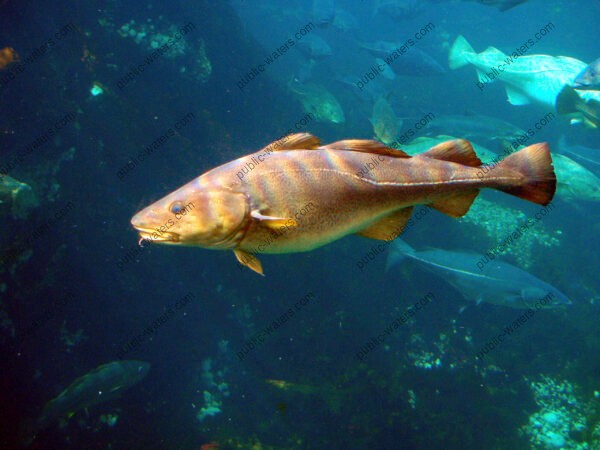
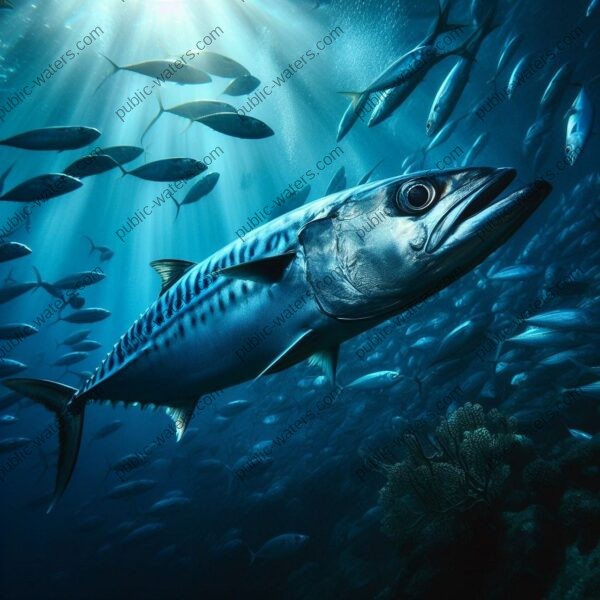

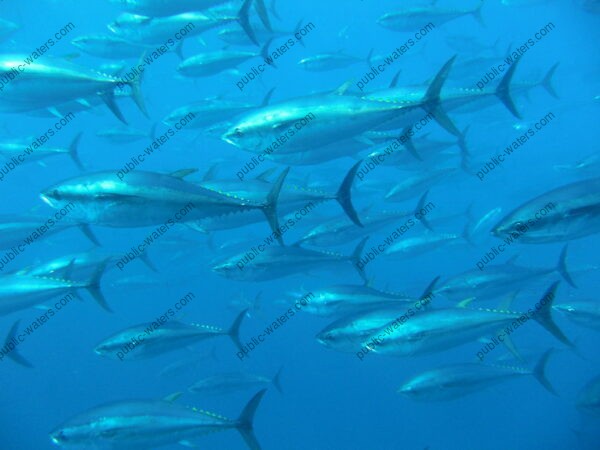

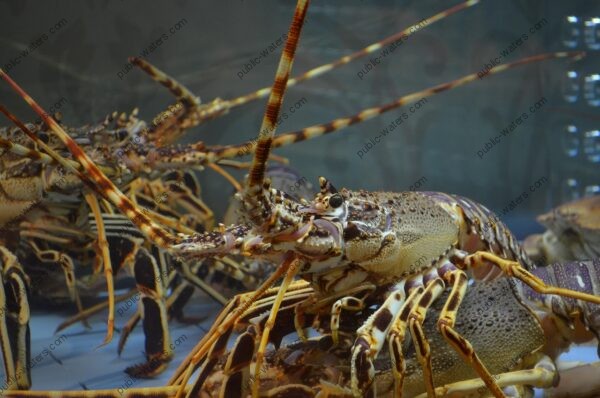
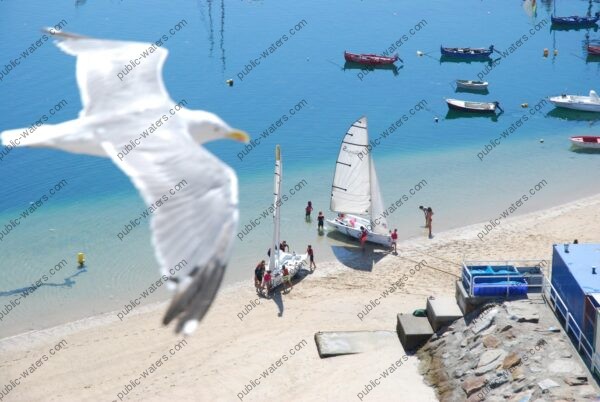
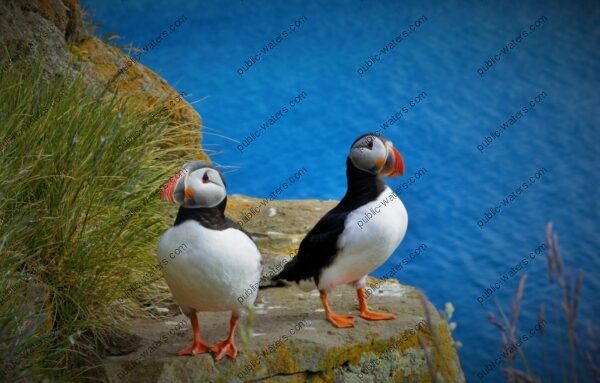
Reptiles
In the UK, reptiles are a fascinating part of the wildlife, though they are relatively few in number compared to other animal groups. There are several species of reptiles that are native to the UK: Common Lizard - Found throughout the UK (except some of the more northern and higher-altitude regions). They are usually brown or greyish, with a variety of patterns. Known for their agility and for basking in the sun. Slow Worm - Not actually a worm, but a legless lizard. Found across much of the UK. It has smooth, shiny skin and can vary in colour, from brown to silvery. Slow worms are often mistaken for snakes, though they are harmless. Adder - The only venomous snake in the UK. Found in heathlands, woodland edges, and grassy areas. Typically, brown or grey with a distinctive zigzag pattern down their backs. Despite its venom, it is generally not dangerous to humans if left undisturbed. Grass Snake - A non-venomous snake, often found near water, in grasslands or woodlands. It has a characteristic yellow or white collar behind its head and a greenish or olive-brown body. Grass snakes are good swimmers and are often seen hunting amphibians.
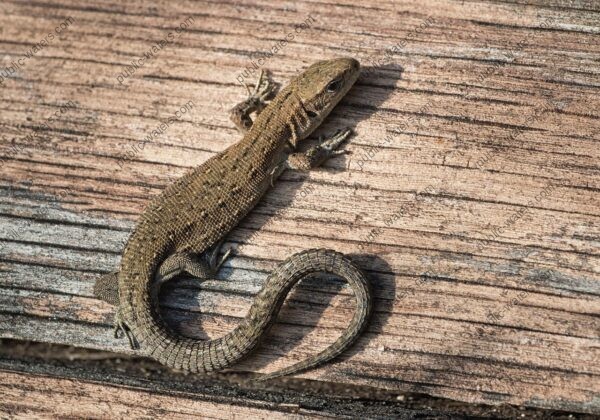
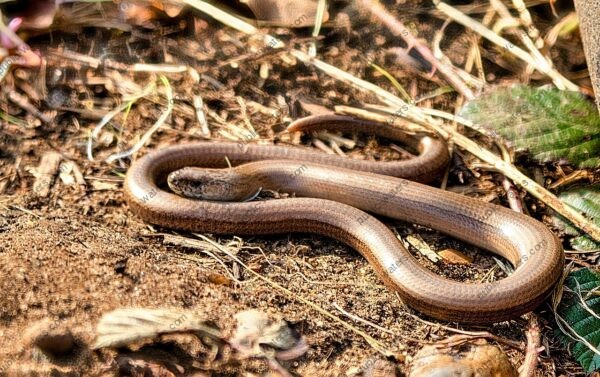
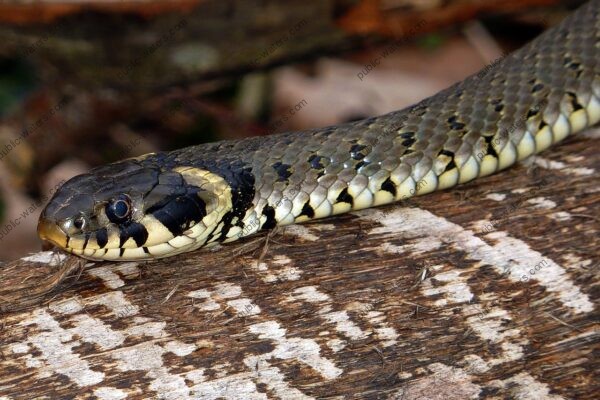
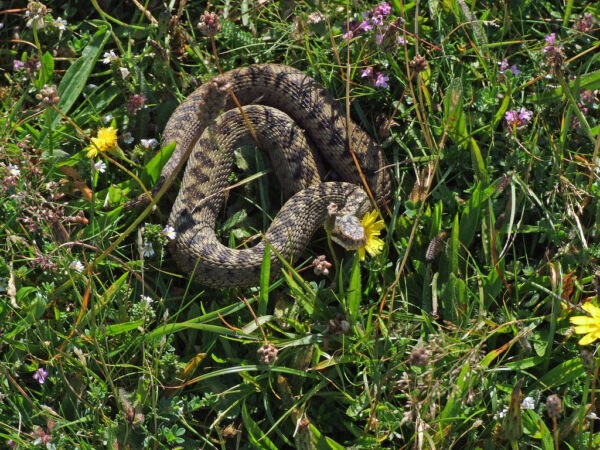
Rare Reptiles
Smooth Snake - This is a rarer species, mainly found in southern England. It has a slender body with a smooth texture and is usually a light brown or grey colour. The smooth snake is non-venomous and feeds primarily on small mammals and lizards. European Pond Turtle - A very rare native reptile in the UK, primarily found in parts of southern England. As its name suggests, it lives in aquatic environments such as ponds and lakes. Due to habitat loss and predation, it is a species of concern.
All reptiles are important members of the UK's ecosystems, contributing to the balance of both prey and predator dynamics. However, many of them are facing threats such as habitat destruction, pollution, and climate change. If you're interested in seeing these reptiles in the wild, certain public waters, nature reserves and wildlife areas, especially in southern England, are excellent places to spot them.
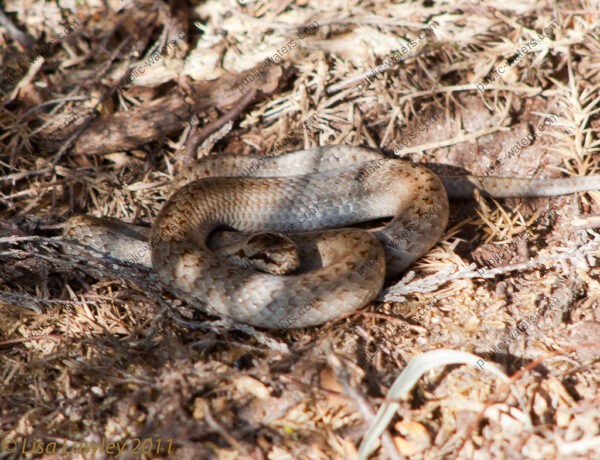
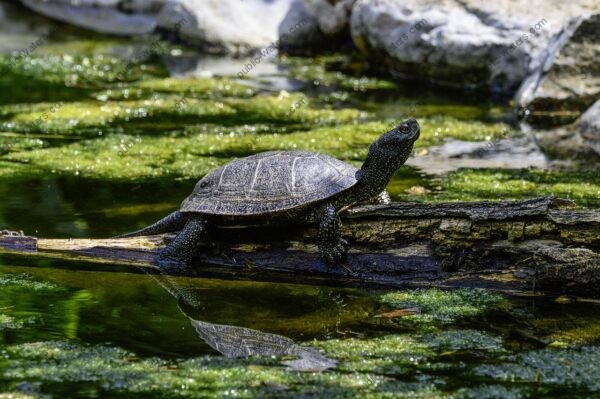
Top Destinations
We are always out and about searching for new public waters and there locations so as we can share with everyone, all these amazing beautiful scenic places which are ideal for recreation, socializing, biking, boating, camping, fishing, photography, swimming, walking, nature, wildlife, activities, food, drink and relaxation.
Not only will we seek and find these locations we will also find such things in around and close by which may help in planning any trips, activities, adventures, tours or expeditions which you may have plans for and going to one of your favour or new public waters locations.
Be it the sea, lakes, reservoirs, rivers, canals and streams in and around all counties, departments, cities, towns and village areas. Life's Natural Environment and Activities.
Retail & Leisure
In each location country, region, county, towns, departments, provinces or even states, we plan and aim to provide you with maps, facilities, supplies, local shops, hotels, camp sites and means of travel all of which will have continuous updates when made available.
Also along the way there will be endless amounts of places for socializing, food, drinks, like restaurant's, takeaways, cafes, bars, pubs, and supermarkets and local shops.
As well as supermarkets, local shops plus some other suppliers and retail outlets including shops nearby for things like clothing, footwear, biking, boating, camping, fishing, photography, swimming, scuba diving / snorkelling, walking and wildlife for all your activities, adventures and socialising moments.
Public Waters Photography
Take a Picture of Your Favourite Location
Using your Android, iPhone or your favourite brand of a digital camera like Cannon, Nikon, Sony, Pentax, Panasonic, Go Pro or DJI drone capturing a still shot or video of that really special moment you wont ever forget also sharing them with your friends and family.
Public Waters Take A Look
Amazing Pictures and Videos.
" Some Of These Aeriel Shots Will Make You Want To Jump Through The Screen "
Public Waters will endeavour to put some of the most amazing pictures and videos of public waters be it the coastal towns, sea, beaches, lakes, reservoirs, rivers, canals, streams, water falls, which will be added to our web pages on a regular basis.
The great thing about public water locations is that sense of freedom and getting away from the everyday life and into one of life's natural environment's with a breath of fresh air.
Public Waters has some of the best scenic views in the world within its natural environment surrounded by a natural growth of forest, woodland, trees, wild plants, flowers and its amazing wildlife inhabitants.
Public Water Locations
Lakes - Rivers - Canals - Sea
Your Public Waters and Activities
Biking - Boating - Camping - Fishing - Photography - Swimming - Scuba Diving - Snokeling - Walking - Wildlife.
Activities
Biking
Riding a mountain bike through woodlands, forestry, even into the surrounding mountains and hill tops, or taking to the local roads with your bike or motorbike, also a great way of traveling from one location to another, or a family biking trip out into the country side. Camping and biking from one camp to another is becoming more popular over the years in some countries even towing small trailers along behind or using rucksacks, saddle bags, panniers and top boxes. The great thing is being able to take in and absorb the wonderful surroundings you're cycling or biking through at a different pace.
Boating
Lakes, Rivers, Canals and Sea are the perfect places for your boating activities be it canoeing, rowing, cruising along in your motorboats or sailing along with the behind you, enjoying all of them magnificent scenic views in and around public waters. Some prefer taking off on a jetski, water skiing, surfing, paragliding, swimming, scuba diving and snorkelling. Other great alternatives is professional water tours sailing, cruising, crossings, ferries, either way it’s like being in another place away from the land with a totally different view of its surroundings sightseeing in a relaxing atmosphere.
Camping
Setting up camp right next to your favourite public water. Having a cuppa or lighting up the barbeque and having a few drinks chilling and relaxing in the sunny weather and evening sun sets. There are some amazing new types of tents and accessories these days, some tents don't even need poles and can be inflated with hand or electric pumps. One of the other ways of camping and ideal for moving around is by campervan, motorhome and caravans, some even use a push bike with trailers or motorbikes, some even by foot with rucksacks known as backpacking.
Fishing
Night or day fishing and catching that big carp, catfish, setting a new personnel best record in lakes, rivers and canals. Sea fishing be it from the beach, pier or boat catching some marcel, cod, bass, dover soul, and so many other different species of fish in our seas. Casting a line from the bank or boat fly fishing for them rainbow, brown trout or even a salmon. Being out in them fantastic public water locations with them fantastic views and social times enjoying your favourite hobby. There are so many different types of tackle, bait and equipment for fishing from tackle shops or online.
Photography
What better places than a public water with a idyllic landscape in the background for some amazing photos and videos of all your special locations and memories. Not forgetting the amazing wildlife inhabitants which create some of the best images. That special selfie shot of you and your loved ones. All of them special memorable moments saved in one click. Using your Android, iPhone or your favourite brand of a digital camera like Cannon, Nikon, Sony, Pentax, Panasonic, Go Pro or DJI drone capturing a still shot or video of that really special moment you won't ever forget sharing them with your friends and family.
Swimming
There are so many public water locations which are ideal for swimming, scuba diving and snorkelling, around some of the coastline as well as some inland lakes, rivers or nearby pools. Taking a dip with your toes, paddle or diving in for a wild swim and that invigorating boosting feeling in public waters. Scuba diving and snorkelling from the shores and boats exploring the underwater world and its amazing sights like sealife fish and creatures moving around the seabed wrecks and reefs. Before entering into any public water it's advisable to take some professional lessons, guidance, and local knowledge of your chosen locations.
Walking
Walking along the shoreline, rivers, canal tow paths or through the countryside, woodlands, forestry during them wonderful sunrise or sunset times of the day with your loved ones and maybe the dogs. Whilst having that relaxing stroll, walk or hike it's considered by many this is one of the best forms of excises for health and wellbeing. What better way to get into training ready for them charity walks and hikes ahead. Some may even enjoy stepping it up with a gentle jog and a run, or even turning it into a triathlon with a walk, run, swim and bike ride at the end. Or taking your dogs along for the walk as well.
Wildlife
Where there is water the local wildlife inhabitants is never to far away and can be amazing at times and full of wonderful surprises within the towns, villages, hamlets, countryside's, forestry, coast lines, and all types of public waters, with its local inhabitants insects, bees, butterfly's, reptiles, fish, birds, ducks, swans, geese, deer and different types of mammals all of which are a living in and around our surrounding environments. The wildlife is constantly changing throughout the different seasons in their migrations. For breeding and food supplies needs.
What are you waiting for?


